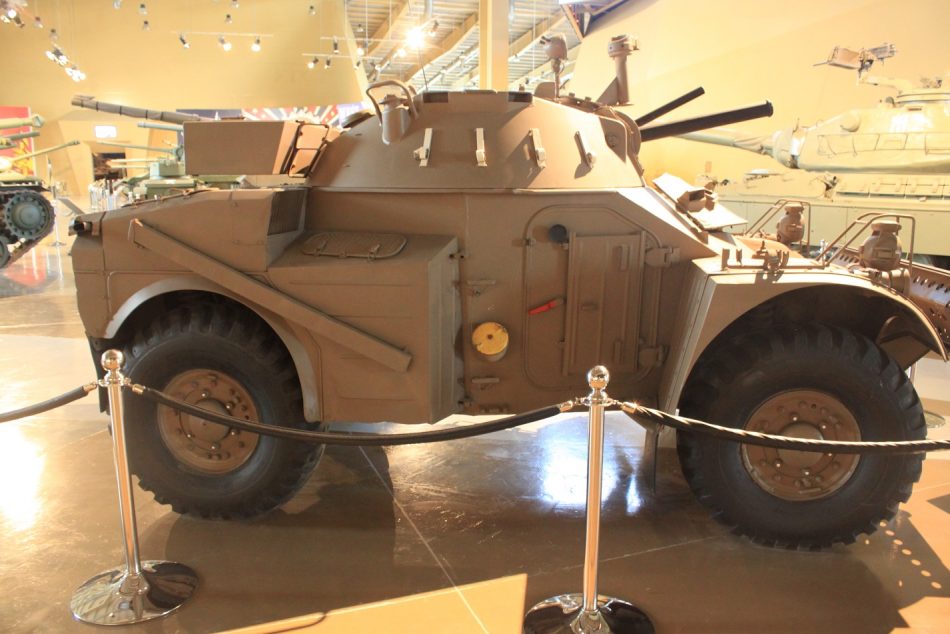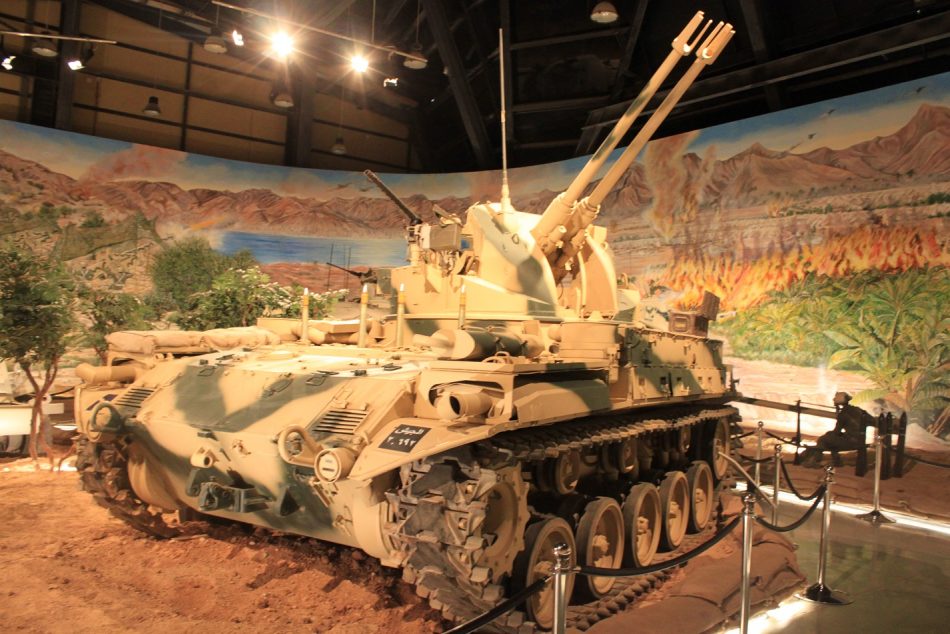The King of Jordan Royal Tank Museum – Part 1
By Scott Roach
Photos by the Author
The Royal Tank Museum of Jordan
For most of us as gamers in the world of miniatures, I think for the majority of us we love sitting at a desk painting up our latest acquisition, be it a Leopard 2 for our Team Yankee West Germans, or a Cromwell for that added punch to a British Bolt Action Platoon. Either way, we always take the time to look at pictures on Google, drag a book of the shelf or reach out to the forums for advice.
For me, I have been fortunate enough to travel. This has provided excellent opportunities to get to those out of the way Museums around the world and actually reach out and touch some of this living history. The aim of this article is to allow me to share one of those opportunities with you.
In 2018 I was serving in Israel and was fortunate enough to get across to Amman, Jordan with the prospect of visiting the Royal Tank Museum. I went across with a good mate of mine who was on tour with me.
After spending the night at his brother’s house and a spot of breakfast in the morning (including vegemite on toast) we headed off to find the Museum. Located in the Northern part of the city of Amman, getting into the museum in itself was a bit of a challenge. There is one access gate that is guarded by the local Police and after some broken Arabic-English chit chat, the three of us passed through the gate.
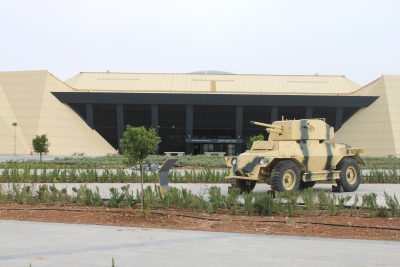
The Royal Tank Museum was opened by the King of Jordan in February 2018. King Abdullah II of Jordan is a graduate of Sandhurst, Oxford and Georgetown University.
After his graduation from Sandhurst he served in the British Army before returning to an appointment in the Jordan Military. King Abdullah is a strong supporter of his military and a well-known collector of ancient weapons and armour, which is not a surprise as he is in the right area for it after all.
The Museum itself took 10 years to build. This included not just the building itself but more importantly the acquisition of over 120 vehicles from around the world and dating back to 1915. The aim of the museum was primarily to display the vehicles and armour used by the Jordanian Armed Forces as well as armour used in the major conflicts that Jordan has fought in since the inception of vehicle warfare.
The addition of the International Hall allowed for the inclusion of vehicles from around the world. The vehicles here were gained through an exchange program with other museums. The Museum is very state of the art and provides an educational and entertaining experience to its visitors using high tech audio and visual technology. The design and layout of the museum have been well thought out and follows a chronological flow of Jordanian military history from its inception under the British Empire to equipment used today.
The entrance and reception
After parking the car and heading towards the entrance the first thing that you notice are the armoured vehicles laid out on display in the large garden area in front of the museum. The garden area is well-tended, landscaped and designed to lead you to the entrance. The front of the Museum is dominated by large glass panels that reach as high as 30 to 40 feet with a wide double door entrance, again guarded by two soldiers this time.
As you pass through the doors into the reception area the view is stunning. The walkway up to the reception desk is lined by military flags on both sides and behind the reception desk hanging from the ceiling is a Cobra Gunship, a bit of a tease of what is to come.
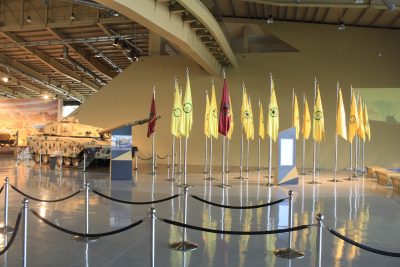 The First Tank Design
The First Tank Design
After passing through the reception area, which the staff was very friendly and very happy to see visitors from other countries come to the museum. We headed into the start of the display areas. The first of these was a replica of the tank designed by Leonardo Da Vinci, with a cutaway section to look at the internal mechanics.
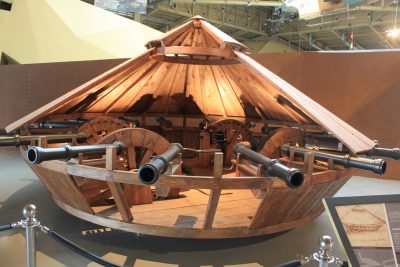 WW1 and the Arab Revolt Hall
WW1 and the Arab Revolt Hall
From here we are presented with a wall mural, well the likes of which I have not seen. It was at least 80 feet across and 30 feet high. The mural is cleverly done with a mix of life-size mannequins and a painted backdrop. The Mural depicts Lawrence of Arabia and the Arab tribes attacking a Turkish train during the First World War.
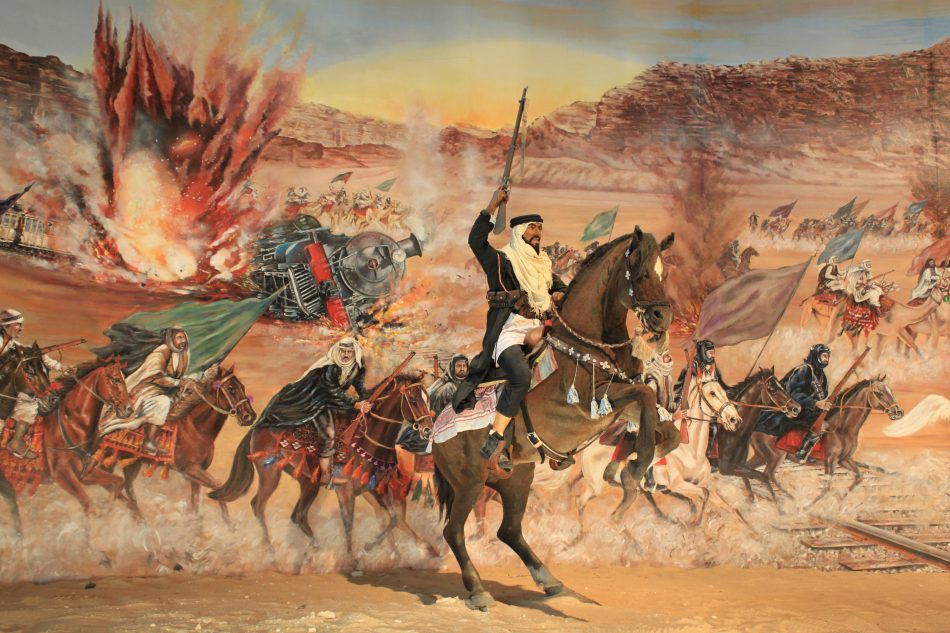
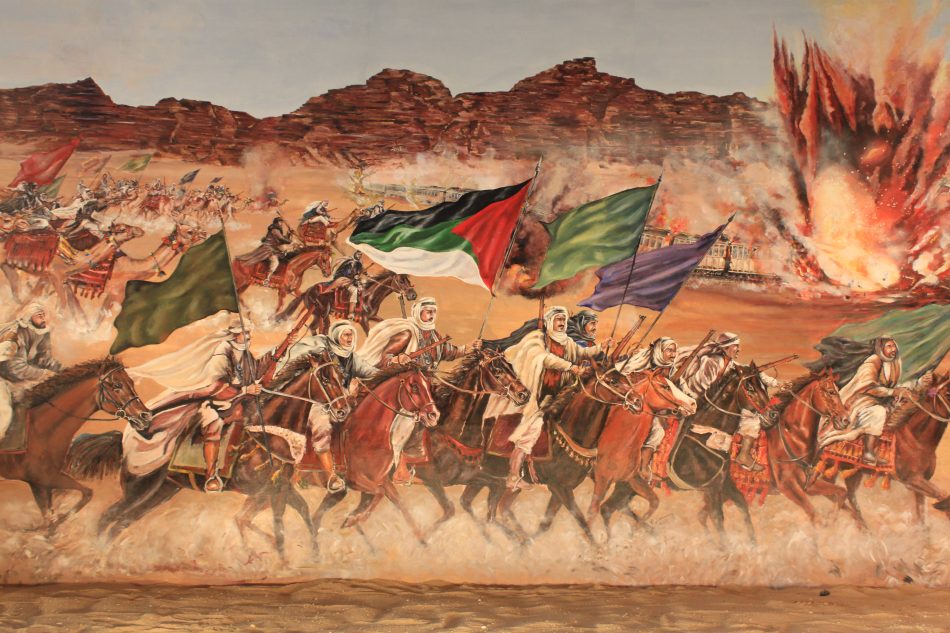
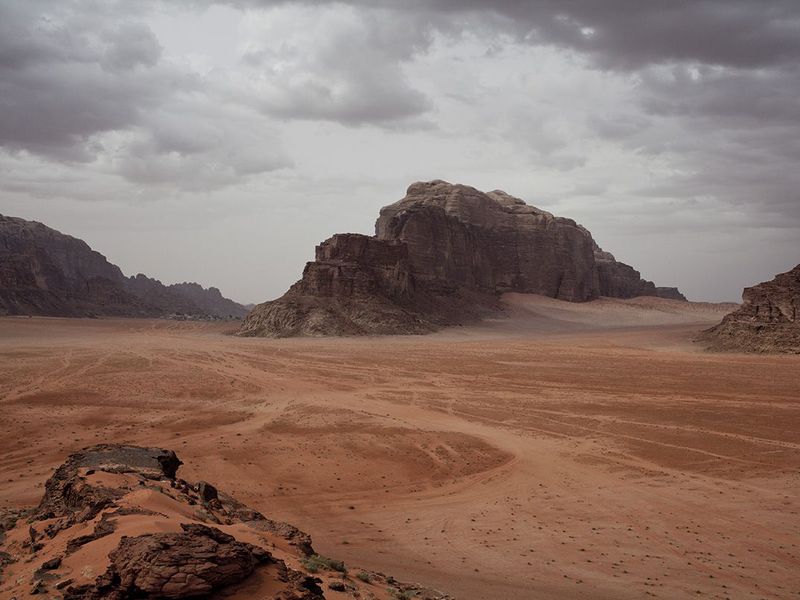
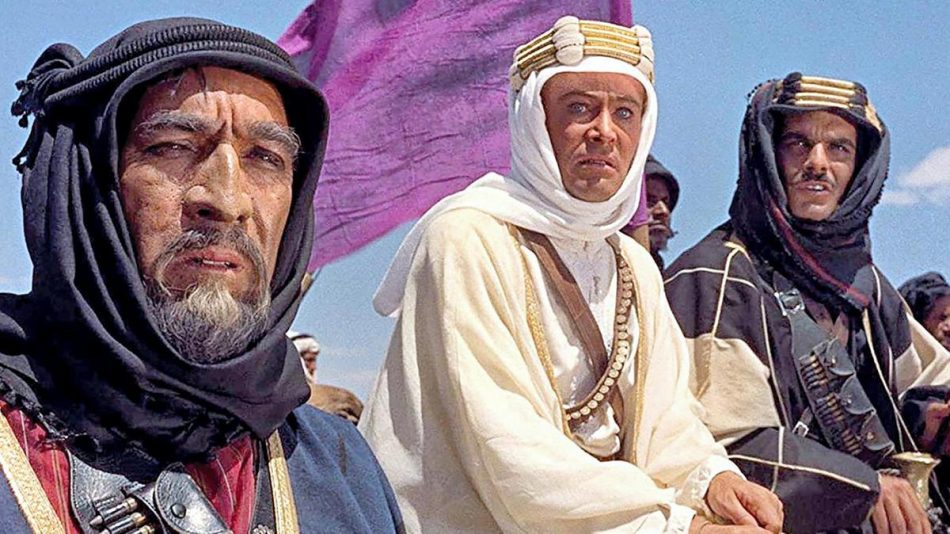
There were two WW1 vehicles also on display, a Mk 1 Male Tank and a Rolls Royce Armoured Car armed with a Vickers Machine Gun.
Mark 1 Male Rolls Royce Armoured CarWW2 Hall
After passing through the WW1 display, which as you can expect is rather small, we enter the WW2 gallery. Which I will admit, increased my pulse a little as I took stock of what was in here. Now I have seen a few of the standard allied vehicles from Normandy, Canada, down in the US and even the odd axis ones in Poland, France, and Germany. But this collection had some definite rarities for me. These included the NZ LRDG Chevie 30cwt truck, Panzer III, Panther, but the Panzer 389t) fully decked out was just mind-blowing.
SU 85 Stug III Pz IV H Long 75mm – Not too sure about the authenticity of the skirts on this vehicle. I couldn’t get around behind it to see and the front was blocked by the angle of the plate itself. Opel Maultier NZ LRDG Chevy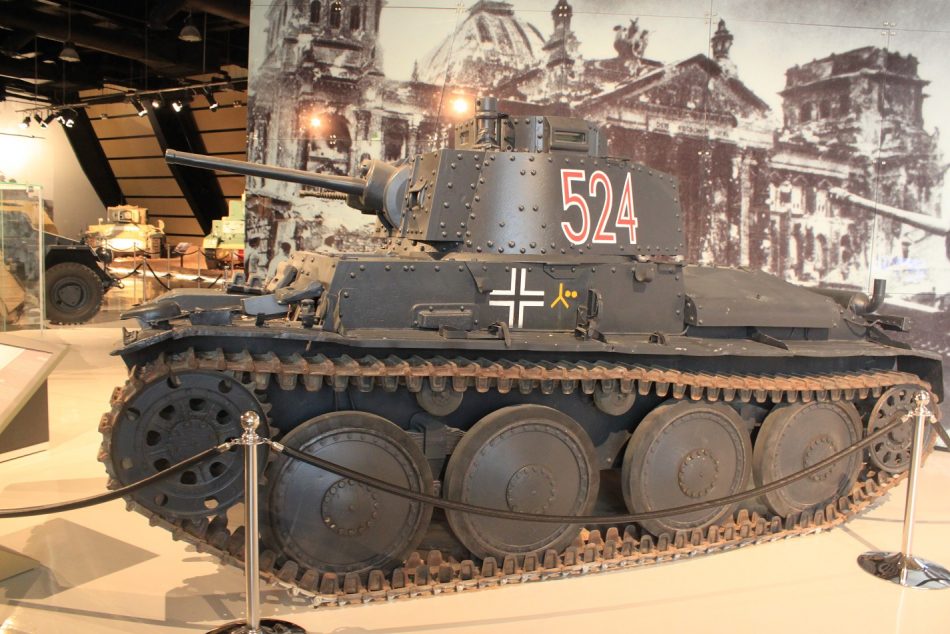
It should be noted that some of the lighting in the different rooms was poorly situated to allow for good photos without a tripod.
The Arab Legion and the defence of Jerusalem Hall
Although the origins of the Arab Legion date back to the 1920s, this hall’s focus is on the 1940s following the end of WW2 through to the first Arab-Israeli War in 1948. As the Arab Legion was equipped and commanded by the British during WW2, the equipment on display is predominantly British and Canadian Vehicles.
The display is impressive with a copy of a section of wall of the city of Jerusalem including its Arab Legion Guards. The Arab Legion was renamed the Arab Army, the predecessor of the now Jordanian Armed Forces.
The majority of the vehicles used by the Arab Legion were the Marmon Herrington’s, here there are 4 all differently configured.
Willys Jeep 106 RCL T16 Canadian Built Bren Carrier Sherman V Saracen APC Quad 50 CharioteerArcher
So that ends Part 1. The second part of the article will cover the vehicles on display that cover the 60s onward including the Arab-Israeli Wars, International Hall and the Jordanian Research and Development Hall.

